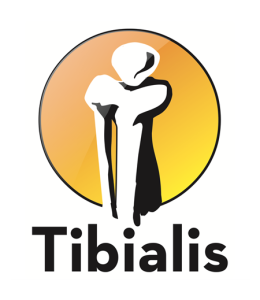Pound Sand or Palpate Muscles
Imagine you are at the beach. Pound your heel into the wet sand. What happens? Nothing. The sand resists. Now, gently wiggle your heel into the sand, slowly, little by little, moving bits of sand side to side. A whole new world of life appears. The same is true in the body, Approach a muscle by placing your fingers in the area you expect to find the muscle. Stay calm, and allow healing intention to gently guide the fingers through the layers of skin. Slowly sink under the skin by rocking the fingers side to side. Create a mental image of the muscle from the anatomy pictures you have studied, and feel for rope like fibers that appear to be lined up in the direction of the muscle you are trying to locate. Activate the target muscle in an isolated movement pattern to help find it. Can you feel a muscle under lots of fat? Yes, adipose or fat tissue easily moves aside allowing passage through to muscles.
To find the quadricep muscles, from a seated position, bend your knees with your feet on the floor. Place the fingers of your right hand on the muscles at the top of the knee, right above the kneecap. Allow your fingers to quietly sink under the skin. Lift your lower right leg in knee extension, and feel the movement of the quadricep muscles under your fingers. Place the left hand at the bump on the lower leg at the bottom of the knee. This is the attachment site of the patellar tendon for all four of the conjoined quadricep muscles. Lift the lower leg again. Feel the attachment site below the knee activate first, and then the muscles at the top of the knee move. Fan the fingers of the hand on top of the knee. Lift the lower leg as you move the fingers upward along the straight fibers of the quadricep muscles. The common quadriceps tendon starts to branch into the individual quadricep muscles.


Trackbacks & Pingbacks
[…] Pamela was my Advanced Massage teacher that taught my fingers to track the parallel direction of discernible muscle fibers – which I use to differentiate layers of muscle by their action potential. Through my years of practice and research, the data collected about muscle attachment sites and movement patterns was transferred painstakingly to a database. That data is used to fix chronic client problems by attempting to find anomalies that don’t match optimal patterns, and then to restore the body closer to its pre-injury and pre-compensation state. Pound Sand or Palpate Muscles […]
[…] muscles have been impacted. Start by first understanding how to palpate muscles under the skin. See Pound Sand or Palpate Muscles. Muscles and tendons have a very clear linear fiber direction. Fascia or connective tissue, such as […]
Comments are closed.